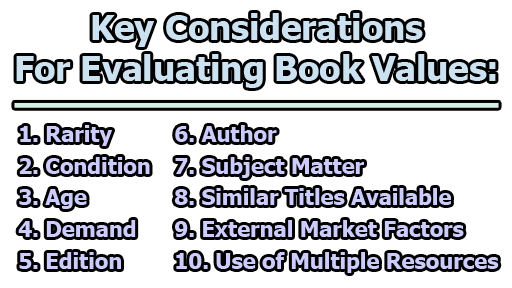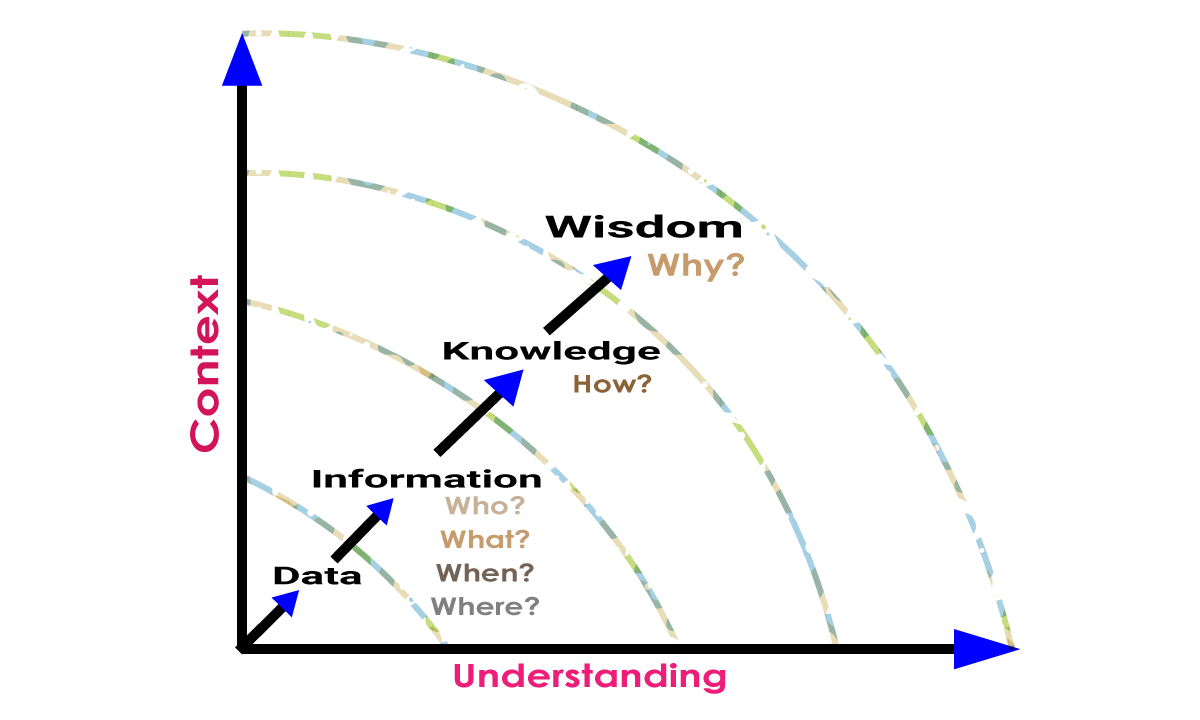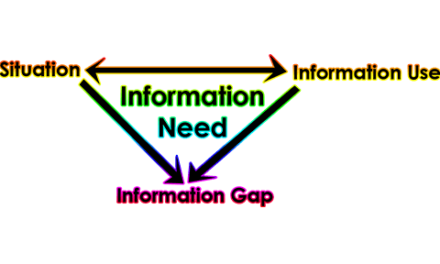Key Considerations for Evaluating Book Values:
Evaluating book values is an important skill for librarians, book collectors, and anyone involved in buying or selling books. Book values can be influenced by a variety of factors, including rarity, condition, age, and demand. Here are some key considerations for evaluating book values:
1. Rarity: Rarity is a cornerstone of a book’s value. Understanding what makes a book rare is crucial:
- Limited Editions: Books with a limited print run, often numbered or signed by the author, are inherently scarce and, therefore, more valuable.
- Historical Significance: Books that played a pivotal role in history or culture, such as early scientific works or manuscripts, are naturally rare.
- Survival Rate: The number of copies that have survived over time is a critical factor. Older books may be rare simply because few copies remain due to the ravages of time, war, or natural disasters.
2. Condition: The condition of a book is paramount in assessing its value:
- Mint Condition: Books in mint condition, meaning they have no wear, stains, tears, or markings, command the highest prices.
- Binding and Cover: The quality of the binding, cover, and dust jacket also plays a significant role. Original, well-preserved bindings, especially if they’re ornate or decorative, add considerable value.
- Restoration: Books that have been professionally restored may still have value, but their worth can be less than entirely untouched copies. Restoration should be disclosed transparently.
3. Age: Age can significantly impact a book’s value:
- Antiquarian Books: Books from the earliest days of printing (incunabula) or from the 15th to 19th centuries are highly sought after by collectors. These books may be valuable, especially if they are in good condition and possess historical, scientific, or literary significance.
- Historical or Cultural Significance: Books from specific eras, movements (e.g., the Renaissance, Enlightenment), or cultures can be highly valued due to their historical context.
4. Demand: Demand is influenced by various factors:
- Author’s Popularity: Well-known authors with a substantial following tend to have books in higher demand. For instance, first editions of J.K. Rowling’s “Harry Potter” series are in great demand.
- Subject Matter: Books covering trending or niche subjects might command higher prices if there’s a current interest in the topic. For example, books on environmental sustainability may see increased demand in a green-conscious era.
- Availability: If a book is highly sought after but scarce in the market, its value can increase due to the principle of supply and demand.
5. Edition: The edition of a book can significantly affect its value:
- First Editions: First editions are often prized by collectors, especially if they include unique features like author signatures, illustrations, or maps. They represent the earliest form of a work and are considered the most authentic.
- Subsequent Editions: Later editions, while still valuable in some cases, are generally less sought after unless they have substantial revisions or historical importance.
6. Author: The reputation and popularity of the author play a significant role:
- Renowned Authors: Books by celebrated or award-winning authors tend to be more valuable. For example, first editions of Ernest Hemingway’s works are highly sought after by collectors.
- Obscure Authors: Works by lesser-known or debut authors might not command high prices unless they gain notoriety over time or have other unique attributes.
7. Subject Matter: The subject matter can also significantly influence a book’s value:
- Unique Topics: Books on uncommon or unique subjects may be more valuable due to their scarcity and the niche interests of certain collectors.
- Overdone Topics: Books on common or overdone topics, like classic literature or popular self-help subjects, might have lower values unless they are particularly well-executed, rare in some other way, or have historical significance.
8. Similar Titles Available: The presence of numerous copies of the same book in the market can drive prices down due to increased competition among sellers. However, if a book is highly sought after, even multiple copies may not significantly reduce its value.
9. External Market Factors: The book market is not insulated from external forces:
- Economic Conditions: Economic prosperity or recession can impact book-buying habits.
- Publishing Trends: Shifts in publishing preferences and technologies (e.g., e-books) can influence the demand for physical books.
- Cultural and Societal Shifts: Changes in societal values, tastes, and interests can affect the popularity of certain books or genres.
10. Use of Multiple Resources: To assess book values comprehensively, it’s advisable to use various resources:
- Online Databases: Specialized websites provide historical sales data, rarity assessments, and market trends.
- Price Guides: Publications such as “The Rare Book Price Guide” or “AB Bookman’s Weekly” offer pricing information for various books.
- Auction Records: Examining past auction results for similar books can provide insights into their market value.
- Expert Opinions: Consultation with knowledgeable experts in the field, such as rare book dealers or appraisers, can provide valuable guidance and verification.
When evaluating book values, it is important to consider all of these factors and to use a combination of resources to assess the value of a particular book. These resources may include online databases, price guides, auction records, and expert opinions. By carefully evaluating book values, librarians and other book professionals can make informed decisions about purchasing, selling, or collecting books.

Library Lecturer at Nurul Amin Degree College










